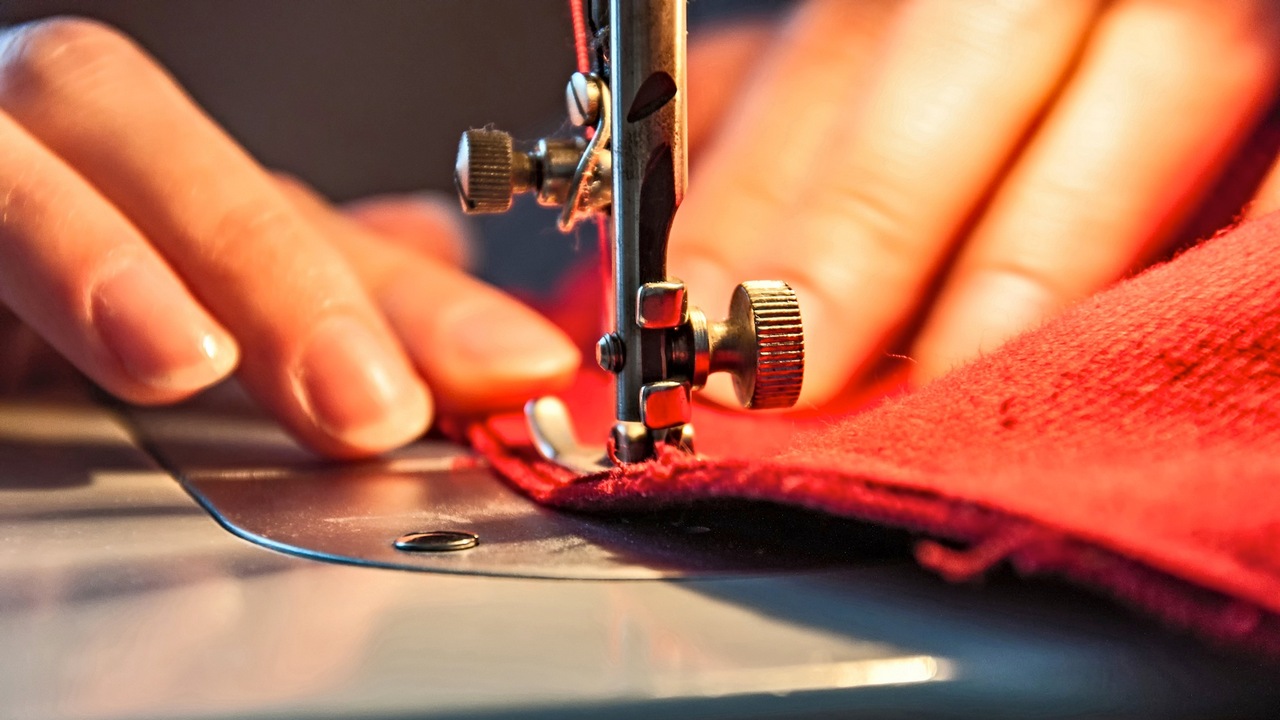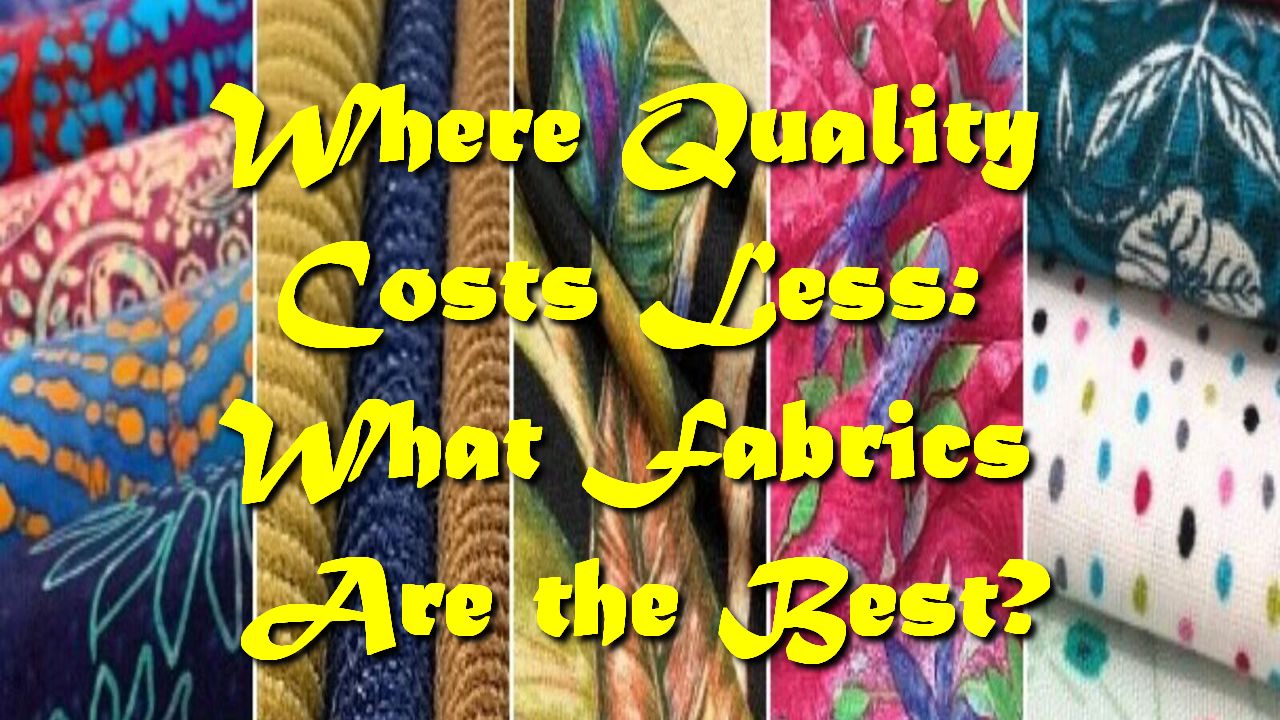Since the late 20th century, clothing has made a large impact on the lives of human beings. Integration of modern sewing techniques with traditional sewing techniques has brought a lot of change in the texture of fabrics and design.
The early man used to clothe themselves with skin hides or leaves. But with the improvement in technology and cultural advancements, several fabrics are available in the market. Creativity has also led to the development of sewing machines and finer fabrics used for clothing.
Types of traditional textile

Cotton
Harvested from the cotton plant by the early inhabitants of Sudan in Africa. It was commonly used to make clothes for special occasions due to its smooth texture.
To date, clothes are still made of cotton and are combined with other fabrics such as nylon and synthetic fibers.
Wool
Harvested from sheep which was mainly worn by the elders of the clan such as the chief. Among the Gikuyu culture in Africa, they made hats and coats that were worn by the chiefs during their council meetings.
Silk
Harvested from silkworms. Known for its soft texture and suitable for maintaining a natural body temperature as it is breathable. Modern technology has made multiple colors available for different tastes.
Sisal
Made from the sisal plant. Mainly made from the sisal fibers on sisal plant leaves and stems. Does well in the coastal regions. Sisal is used to make hats, bags, and carpets. Easily available as they grow in plantations and are available by simply sun drying.
Traditional sewing techniques

Weaving
Involved interlocking long threads to form a pattern. Can be done in three methods known as plain, twill, and satin.
Crocheting
Here, a crotchet hook or needle is used to form patterns. It is quite a common practice as it is still maintained in modern times. Used to bring out different patterns unlike weaving where the patterns achieved are similar.
Braiding
Involves intertwining threads together to form long strands. Can be used to bring out different patterns and bring in different colors in a fabric.
How to identify the right textile for your clothes

Different skin types react to different clothing textiles. For example, infants need pure soft cotton clothes due to their sensitive skin. So, what fabrics do you need for your clothing choice?
Comfort
Go for something comfortable for your skin. Some people react to silk leading to reactions such as itching and other textile dermatitis.
Usage
Some work requires that we use tough fabric or one that suits the need. For example, firefighters need a garment made from asbestos to protect them from any fire-related accidents.
Appearance
Different occasions need different dress codes. If an occasion is at night, consider something warm and bright with a touch of elegance.
Durability
Settle for a durable fabric to serve you a long while. No one would like to pick a cloth that will only last them a few weeks.
In conclusion, one can pick a fabric that best suits their needs and with the traditional sewing techniques, you can make something wonderful for yourself.
